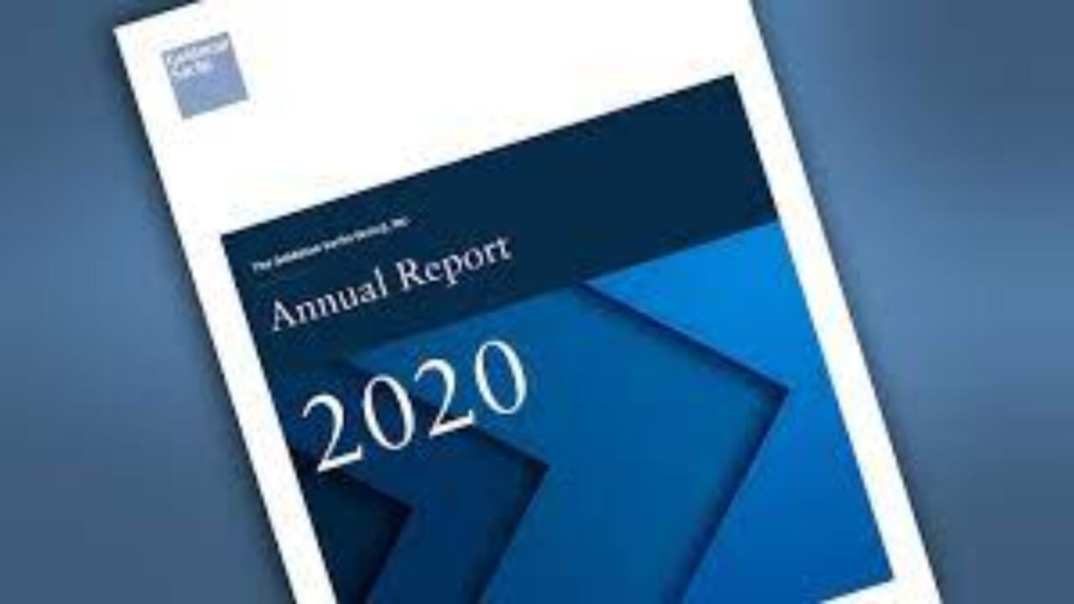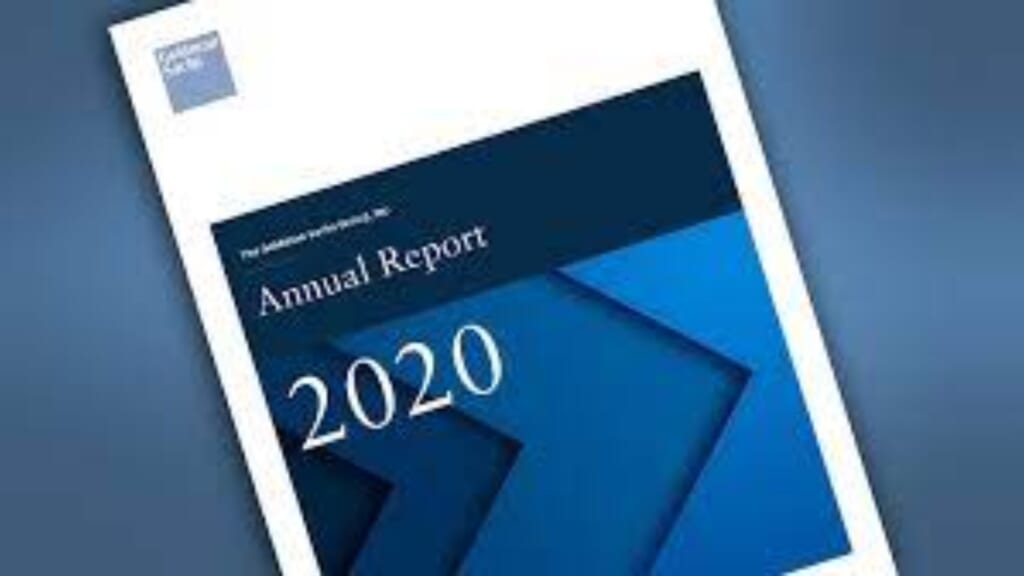Goldman Sachs’ workforce only 6.8% Black, new data shows
This is the first time in years financial companies are sharing hard numbers instead of percentages when it comes to gender, race, and ethnicity.

New data released by Goldman Sachs Group Inc. revealed its number of Black employees, and it’s incredibly low.
The information came from the company’s sustainability report that revealed a stark difference in the number of Black employees at the company versus white. The data revealed on Tuesday is a reflection of the racial disparities that plague the finance industry, per Bloomberg.
Black people only make up 6.8% of the company’s U.S. workforce.
“As we seek to advance racial equity, both at our firm and in our communities, we want to emphasize that this is a key moment to effect lasting improvement,” wrote Chief Diversity Officer Megan Hogan in the report. “We are at a pivotal inflection point, and this conversation is just the beginning.”
Read More: Major paparazzi agency bankrupted by Meghan and Harry legal battle
Goldman Sachs Group Inc. holds 1,548 executives/senior officials and managers; of that total, only 25 are Black women, and 24 are Black men.
“Everybody recognizes the need to be more transparent,” said the bank’s former head of diversity, Erika Irish Brown, during a Bloomberg’s New Voices event in December. “Our people want that transparency.”
Among the 3,411 first-level officials and middle level managers, only 48 are Black women and 57 are Black men.
This is the first time in years financial companies are sharing hard numbers instead of percentages when it comes to gender, race, and ethnicity, a push by three city retirement funds and the New York City comptroller.
Goldman holds more Black executives in the U.S. than companies like Inside Bank of America Corp., Morgan Stanley, and Citigroup, which only had four Black executives in 2019.

The bank is also asking shareholders not to vote for an independent racial audit which will reveal its contribution to systematic racism. JPMorgan Chase & Co. and Citigroup Inc. tried to block similar audits but were denied.
“There’s still a long road ahead,” wrote Chief Executive David Solomon in the report’s introduction, “but I will continue to make this effort a personal priority.”
A recent study in Financial Times also revealed that Black employees were not only underrepresented in the United States financial services industry in 2018 but that there was a decline from the previous decade, per theGrio.
“It begs the question of all of the efforts and all of the energy that was put into this: ‘What are they doing and why is none of this working?’” said chief executive of Diverse & Engaged, Dee Marshall, a diversity consultancy that focuses on financial services.
Read More: De Blasio changes course, will provide funding for new NYPD precinct
Many financial service companies advertise diversity and inclusion initiatives but the study tells a different story. Black staff counts for just 13%. And in senior roles, the presence of Black people fell from 2.87% to 2.62%.
FT surveyed 20 companies and discovered PayPal had the highest number of nonwhite workers in senior positions. Goldman Sachs has the highest number of nonwhite workers in mid-level positions at 44.1%

Insurer Travelers was the worst for nonwhite workers across the board.
Across all sectors, Asian workers were represented the most in senior, mid, and professional-level roles although they are employed in lower numbers than Black and Hispanic workers.
“The internationalization of Asia and Latin America and the financial opportunities there breed an easier path for Hispanic Americans and Asian Americans to have a place in this industry,” said Martin Davidson, professor of business administration at the University of Virginia’s Darden School of Business.
He continued: “That’s not to say that things are wonderful for Latinos and wonderful for Asian Americans, because there are significant challenges for those folks as well.”
Have you subscribed to theGrio’s podcast “Dear Culture”? Download our newest episodes now!
TheGrio is now on Apple TV, Amazon Fire, and Roku. Download theGrio today!
